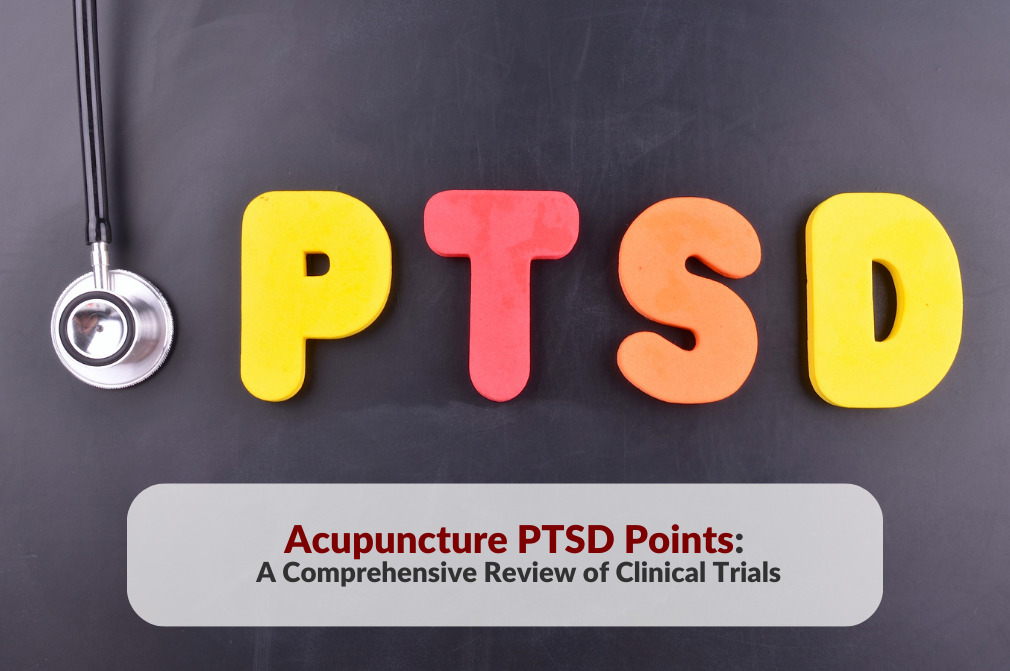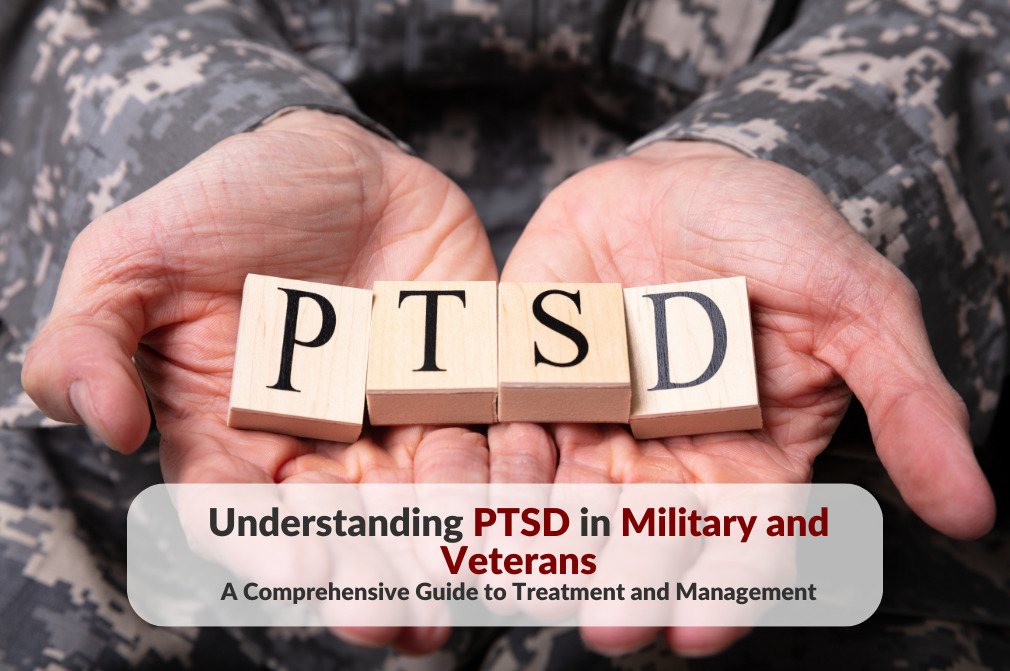Acupuncture PTSD Points: A Comprehensive Review of Clinical Trials
Introduction: Addressing the Urgent Need for PTSD Treatment
Millions suffer from Posttraumatic Stress Disorder (PTSD), grappling with symptoms like flashbacks and severe anxiety. In this landscape, acupuncture emerges as a promising treatment. This article dives into tested acupuncture PTSD points, offering hope for effective therapy.
Solid Studies We Reviewed
We didn’t conduct our own comprehensive review. However, we did examine key studies such as those from Young-Dae Kim et al. and M. Hollifield et al. Both of these studies focus on the use of acupuncture PTSD points in treating PTSD. Our analysis included both controlled and uncontrolled trials to ensure a thorough review Young-Dae Kim et al., 2013; M. Hollifield et al., 2007.
Key Insights from Important Studies
How Acupuncture Outperforms Waitlist Control
The study from Young-Dae Kim et al. shows that certain acupuncture PTSD points work better than just waiting for improvement. Additionally, these points are as effective as Cognitive-Behavioral Therapy (CBT) Young-Dae Kim et al., 2013.
Acupuncture’s Strong Impact on PTSD
Another study by M. Hollifield et al. in 2007 compared acupuncture with group therapy. The results? Acupuncture had a strong positive impact, similar to that of group therapy M. Hollifield et al., 2007.
Top Acupuncture Points for PTSD
Certain acupuncture PTSD points are well-known for their effectiveness:
- GV20: Calms the mind.
- PC6: Reduces anxiety.
- ST36: Enhances well-being.
Note: Diverse Acupuncture Methods
While GV20, PC6, and ST36 are commonly used, other treatments and studies may use different acupuncture points. For example, the NADA protocol focuses on ear acupuncture and has shown promise in stress and trauma recovery.
A Deep Dive into the NADA Protocol
Originally developed at New York’s Lincoln Medical Center, the NADA protocol first aimed to combat addiction. Over time, professionals have also used it to treat stress and trauma, including PTSD. This approach places up to five needles in specific points on each ear. The treatment is non-invasive and doesn’t require talking, making it ideal for those who may not be comfortable with more traditional therapy methods. Moreover, clinicians can administer the NADA protocol in group settings, which fosters community support.
What This Means for the Future
The results so far are encouraging, suggesting that acupuncture holds value in treating PTSD. Nonetheless, we need more research for definitive answers. If you’re already considering acupuncture, you might want to explore our Pain Management Program, which includes acupuncture as a key element.
Conclusion: A Bright Future for PTSD Treatment
By examining a variety of studies and the promising NADA protocol, we aim to spotlight the potential of acupuncture PTSD points in treating PTSD. While we still need more research, the early signs point to effective, side-effect-free alternatives to mainstream treatments.



